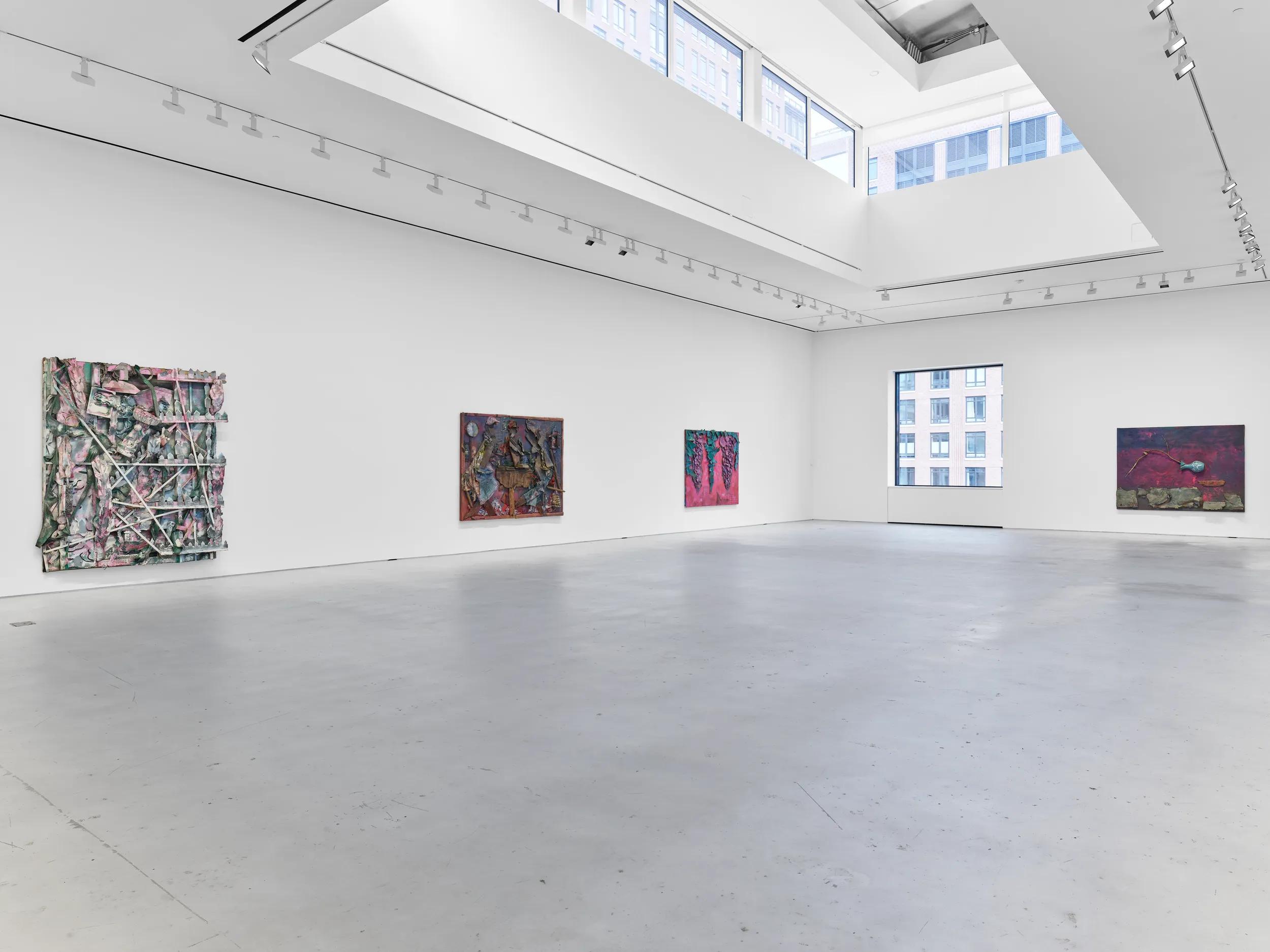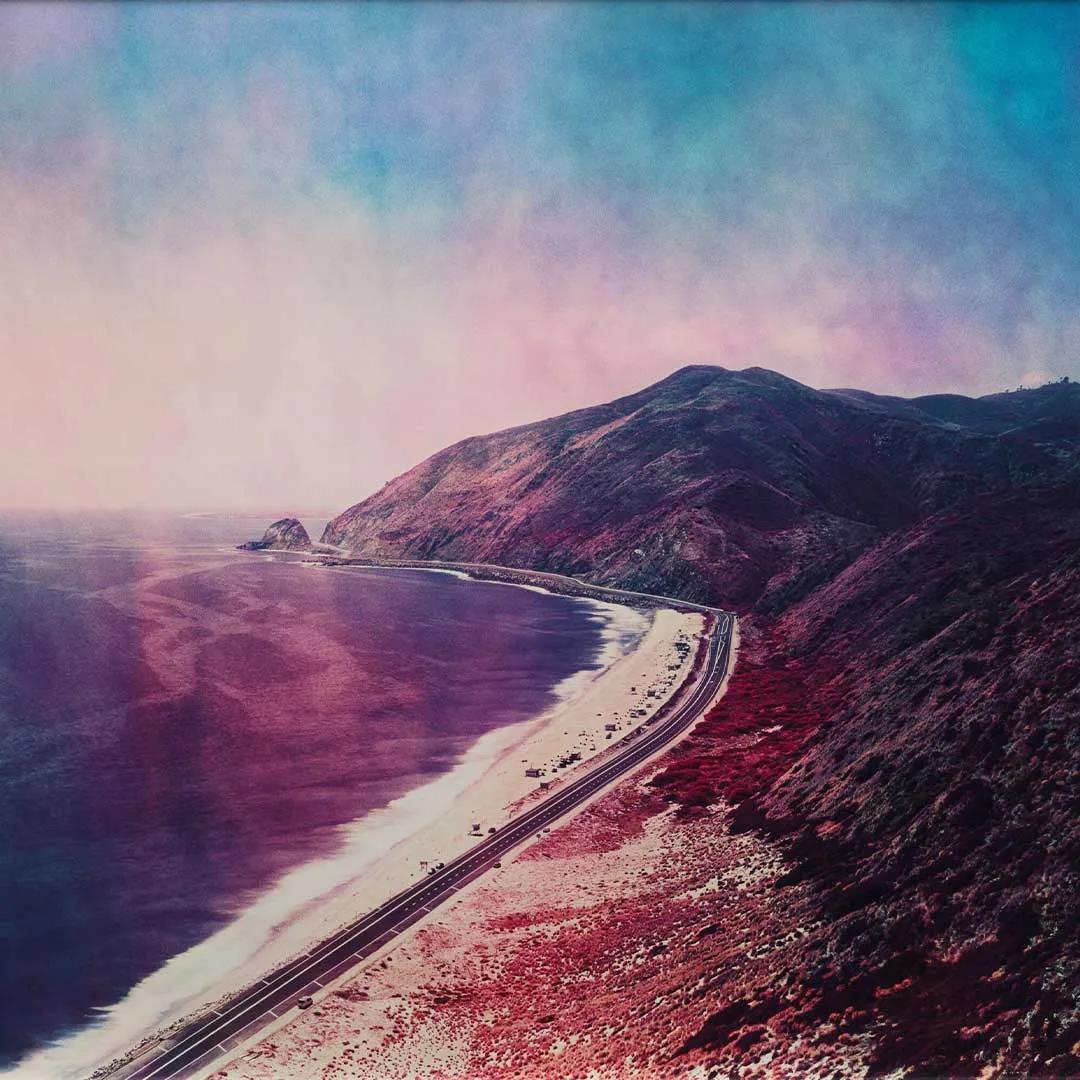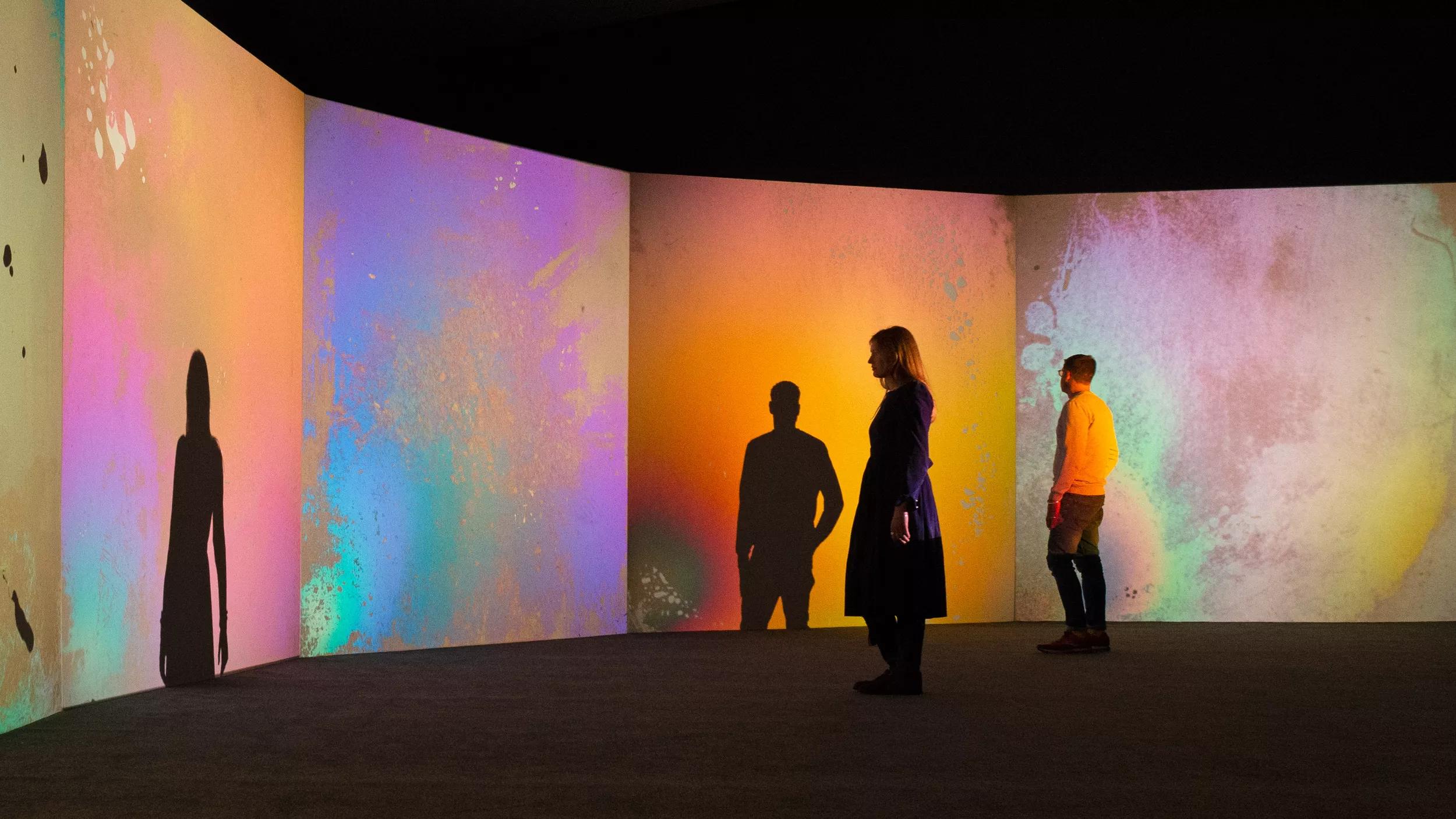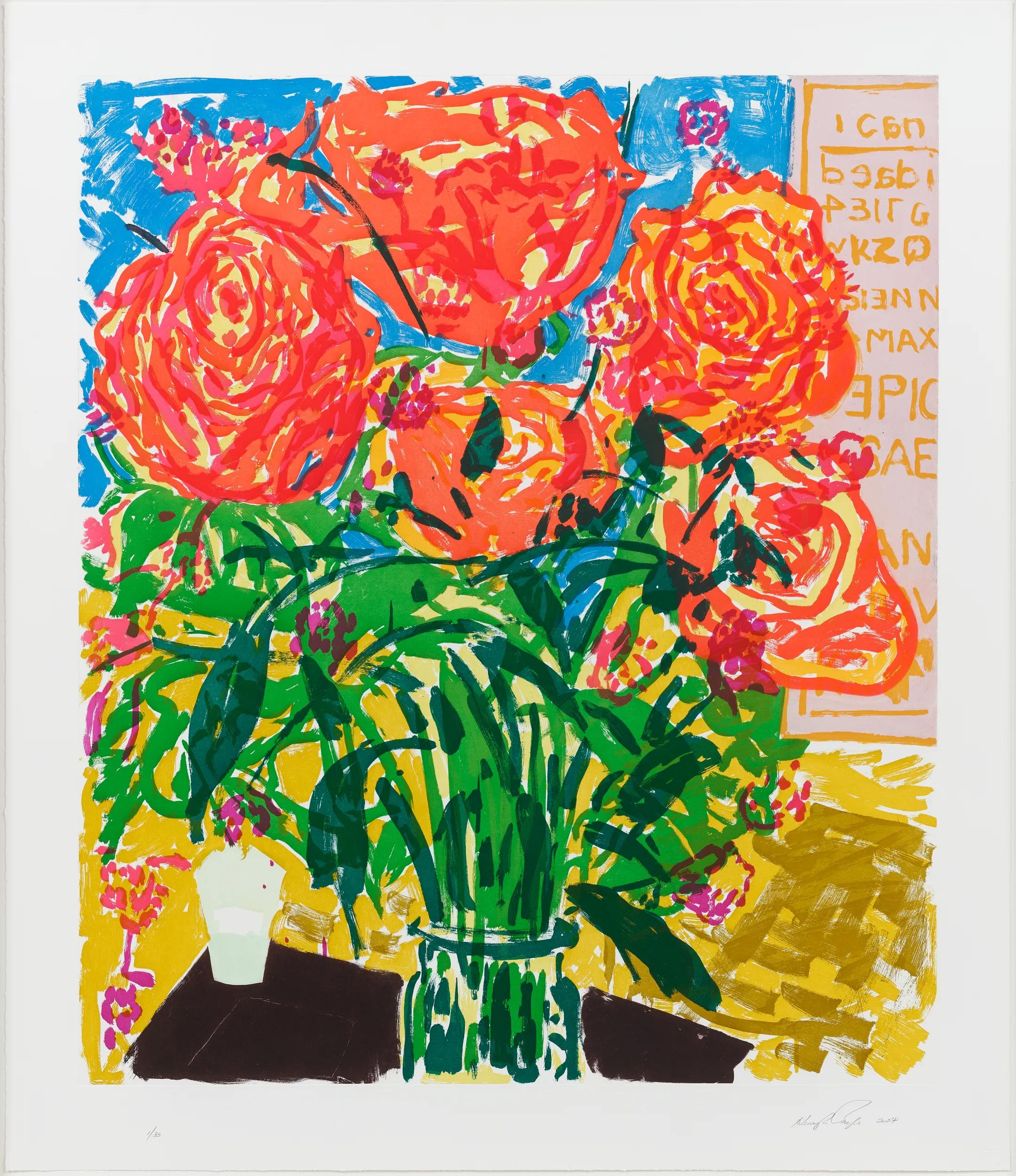
Realising Form
9 Apr - 31 Aug 2020
Spring 2020
Make, Somerset
About
‘Realising Form’ invites a dialogue between six makers from across the British Isles and Ireland, each who share a rigorous and intuitive approach to unearthing objects and vessels, handcrafted in clay, iron, concrete, glass and Jesmonite. The exhibition explores material possibilities from individual locations and attests to the maker’s personal methodology, demonstrating an expressive response to landscape and nature, architecture and the impact of human experience in the finished work. Featured makers include: Malgorzata Bany (London, UK), Daniel Freyne (Clackmannan, Scotland), Harry Morgan (Manchester, UK), Nuala O’Donovan (Cork, Ireland), Sue Paraskeva (Isle of Wight, UK), Patricia Shone (Isle of Skye, Scotland).
‘As an artist, my fascination is in the interaction of opposites - transparent and opaque, fragility and strength, glass and concrete, traditional and modern processes. Through this contrast, the true quality of the materials can be highlighted, creating a sense of order, harmony and balance.’ Harry Morgan, 2020
Harry Morgan inverts the rules of gravity and creates works that are completely counterintuitive, manipulating two seemingly incongruous materials as they merge to become one form. His practice challenges the physical and cultural connotations of materials, fusing dense masses of concrete with blocks of individual, thin glass threads that reference brutalist architecture and the craft of Venetian glass making. London-based Malgorzata Bany’s new series of jesmonite forms draw upon the Neolithic and Roman history of Somerset. These functional objects continue to explore the bond of opposites, monolithic and intricate, voluminous and sharp, the relationship between outline, shape and shadow in the everyday.
Patricia Shone’s stoneware reflects the varied geology of her local landscape, the wild, inhospitable seascapes and Highlands surrounding her on the Isle of Skye, North West Scotland. Here she finds a balance between fragility and eternity which applies to both the land and the community. Beneath the thin soils, eroded and carved by time, weather and human activity, lies the constant and immutable presence of rock – the form beneath the surface. Daniel Freyne trained as a blacksmith at Ratho Byres Forge, Scotland and has continued to blur the boundaries and preconceptions of this traditional craft, exposing the vulnerability of heated iron and evoking the sensitivity of ceramic in his richly textured vessels.
Irish maker Nuala O’Donovan rethinks the gradual transition of living organisms through intricate handmade fragments of porcelain, responding to the principles of fractal geometry and proportion within the natural world. The delicately interconnected forms communicate strength in the repetitive patterns that evolve and build internally, supporting themselves from within. Working from her studio in the Isle of Wight off the South Coast of England, Sue Paraskeva has taken inspiration from Neolithic jade bi-discs originating from China and on display at the British Museum. Captivated by their strong classical form, she has recreated ceremonial hand-thrown discs and vessels in porcelain and stoneware as a result of thirteen-hour wood kiln firings.
Installation views


Current Exhibitions

Firelei Báez
The Fact That It Amazes Me Does Not Mean I Relinquish It
13 September 2024 – 5 January 2025
Downtown Los Angeles

Thornton Dial - The Visible and the Invisible
2 November 2024 – 11 January 2025
New York, 22nd Street

Firelei Báez
The Fact That It Amazes Me Does Not Mean I Relinquish It
13 September 2024 – 5 January 2025
Downtown Los Angeles

Thornton Dial - The Visible and the Invisible
2 November 2024 – 11 January 2025
New York, 22nd Street
1 / 10















